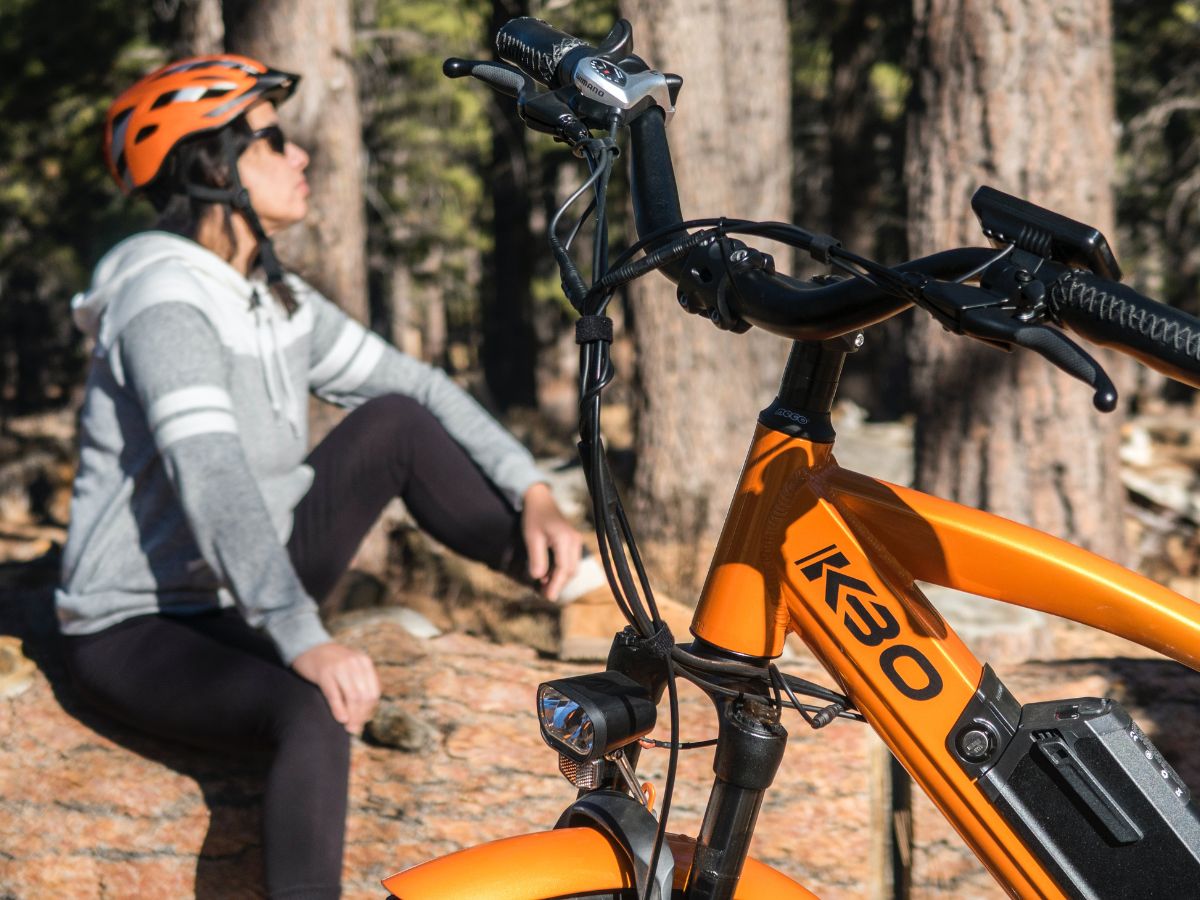A thrilling and challenging sport, mountain biking demands a lot of skill, technique, and practice. In recent times, you’ll find many different types of mountain biking. Each of them has its own unique challenges and requires certain skills for achieving a great deal of mastery.
Among them is cross-country mountain biking. It involves long-distance rides over varied terrain, with greater emphasis on speed, endurance, and technical skills. Another type of mountain biking is enduro mountain biking. It takes place over multiple days and involves both uphill and downhill sections.
The third variety is downhill mountain biking. In this type of mountain biking, you race downhill over a challenging terrain. You’ll encounter drops, jumps, and obstacles on the way that would need skill and precision.
Mountain biking can either be a solo activity or done in groups. It can also be a part of organized competitions or events. Here are some of the key techniques involved in mountain biking:
1. Balance
One of the most fundamental techniques in mountain biking is maintaining proper balance and body position on the bike. You need to keep your weight centered over the bike. Your arms and legs must be slightly bent to absorb any shocks from the terrain. The body should be positioned over the pedals. Knees must be bent slightly and hips must be taken back for better stability and control.
2. Shifting gears and braking
You’ll need to have the ability to shift gears quickly and efficiently. To achieve this, you must know when to shift up or down depending on the terrain. You must be able to do this smoothly, without losing your momentum. Another technique in addition to this is braking.
You need to know how to use the brakes effectively. This involves applying just the right amount of pressure to slow down or stop the bike as required.
3. Cornering
When it comes to riding on the trails, there are several different techniques that come into play. Among the most important ones is cornering. It involves leaning the bike into turns and using the body weight to help maintain balance and control. Riders also need to know how to navigate tight switchbacks. This would require an excellent combination of speed, timing, and precise steering.
4. Jumping
Jumping requires you to use a ramp or other feature to launch your bike into the air. This is yet another key technique in mountain biking. When you launch your bike into the air, you’ll need to land smoothly and safely on the other side. It requires a lot of skill and practice to achieve this feat. You’ll need to gauge the distance and speed required to clear the obstacle and land in a smooth manner.
5. Endurance
Endurance is truly a crucial aspect of mountain biking. You’ll often need to pedal for longer periods of time without stopping. This demands a combination of strength, cardiovascular fitness, and mental toughness. You must be able to push through your fatigue and keep going even when it gets tough.
6. Weight distribution
In more technical terrains, riders need to handle their bikes with great control and confidence. If you’re a mountain biker, you must know how to distribute your weight properly. You’ll need to use the brakes and body position to slow down or speed up as required.
Handling obstacles such as logs, roots, and rocks efficiently is also essential. This is achieved by using the bike’s suspension and your body position to absorb the shocks and maintain balance.


